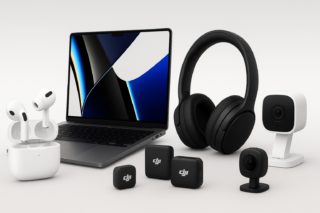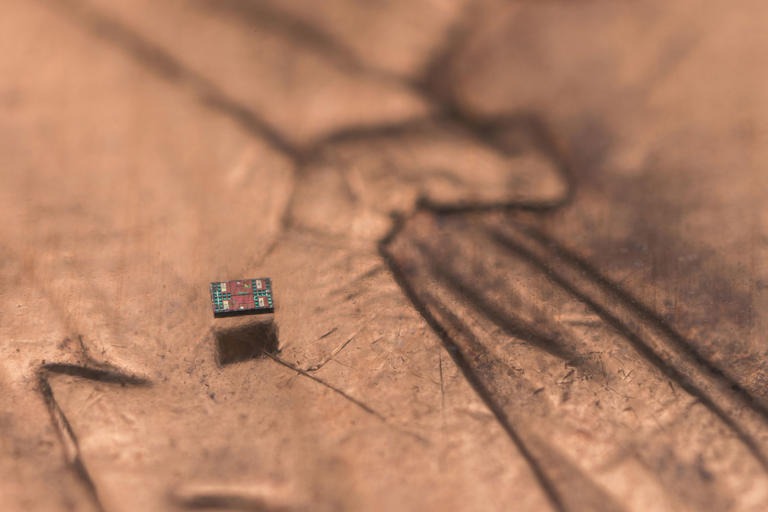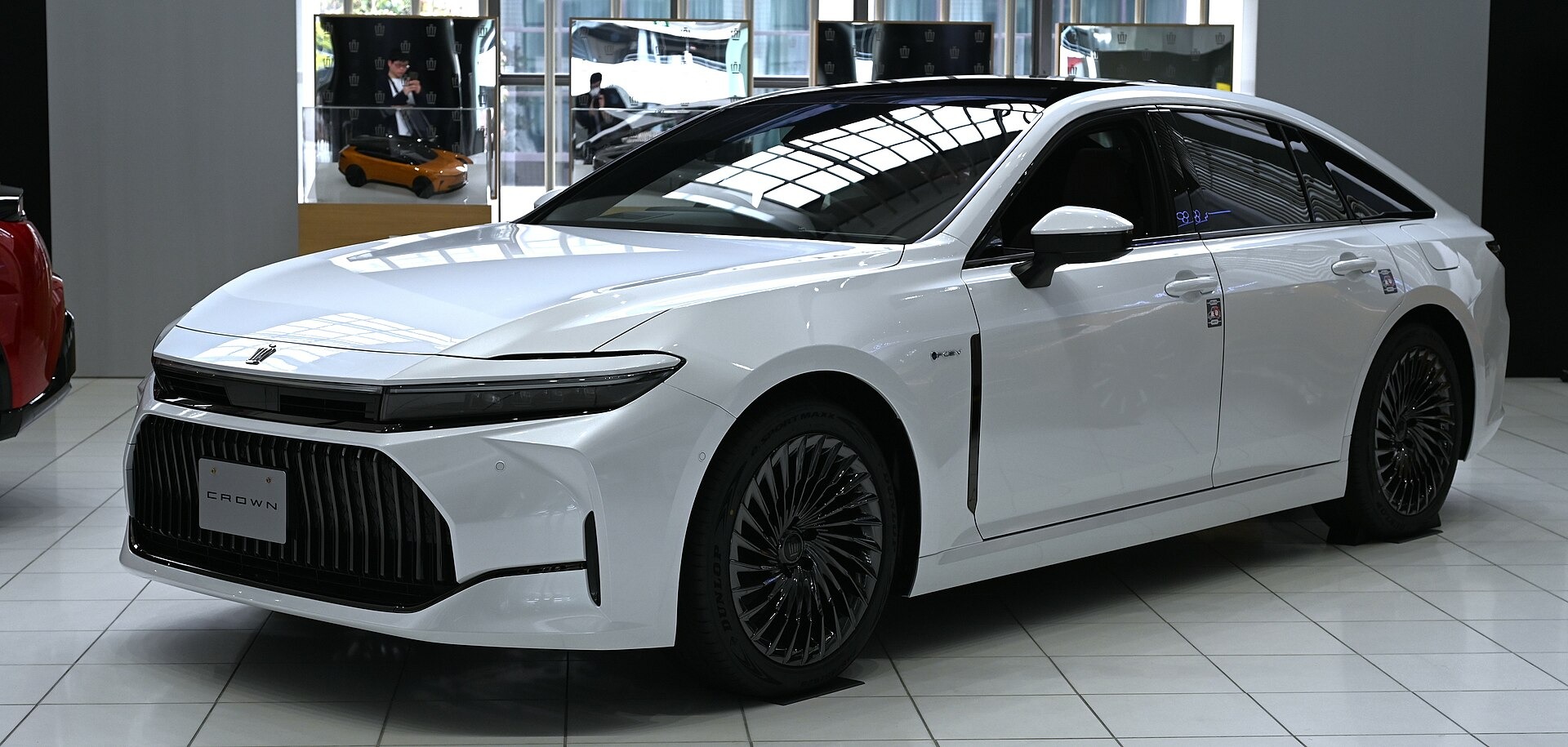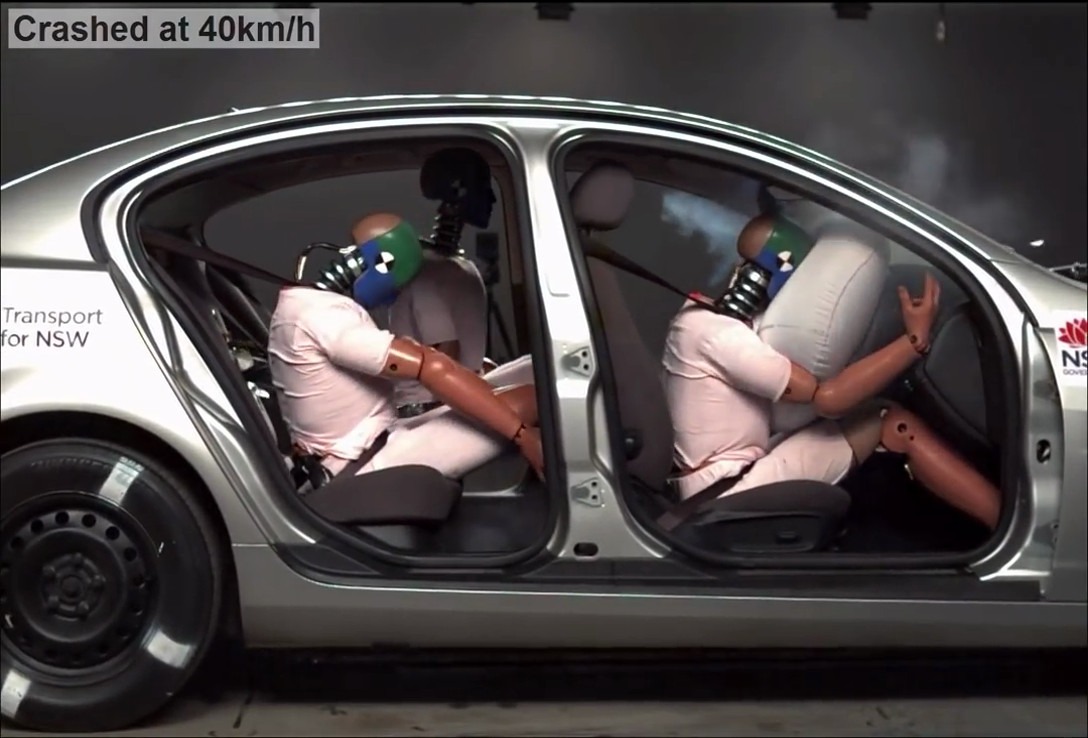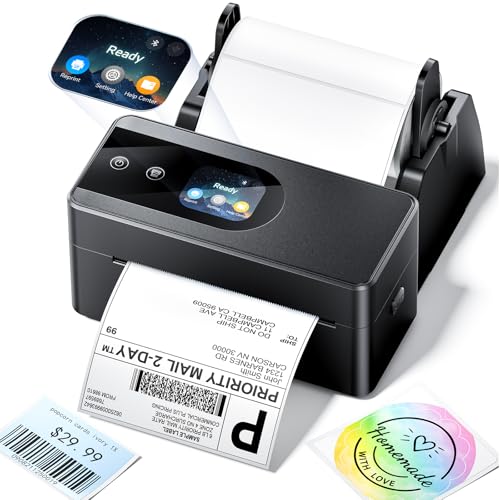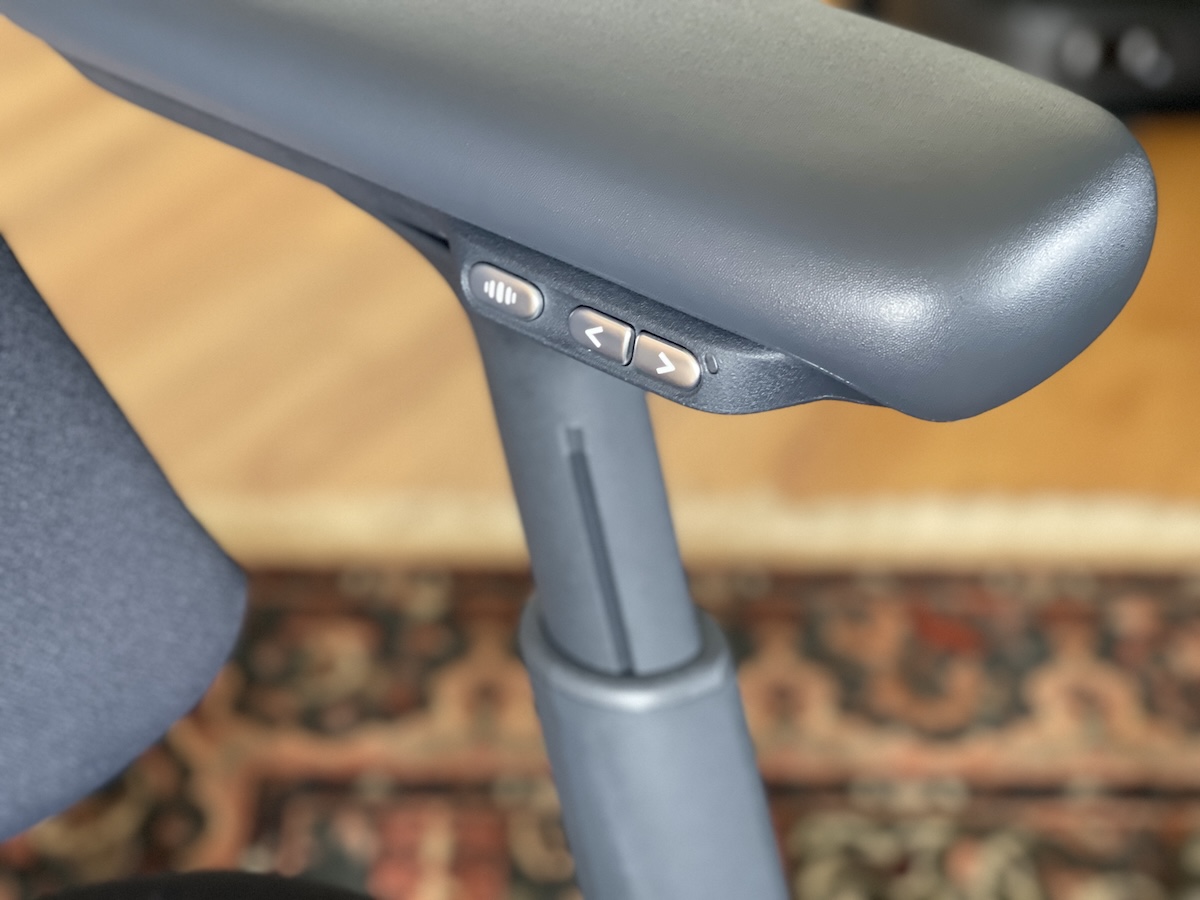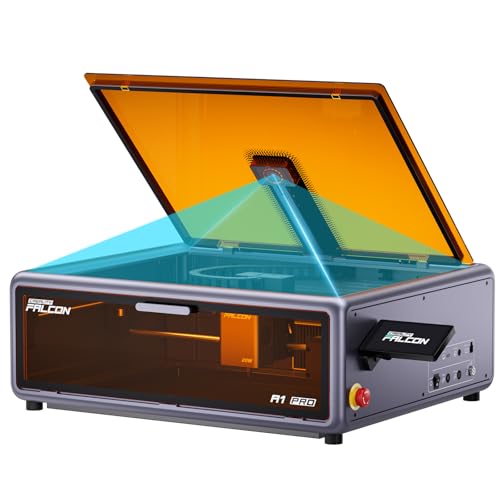Watching four Jetson ONE aircraft zip around pylons at Arkansas’s UP.Summit felt like witnessing childhood promises finally cash their checks. The world’s first personal aircraft race wasn’t just a tech demo—it was the moment The Jetsons stopped being Saturday morning fantasy and became something you can actually buy (if you’ve got $128,000 lying around).
Eight Motors, Zero Pilot License Required
These aluminum and carbon fiber flying machines pack eight electric motors, hitting 63 mph while carrying pilots up to 210 pounds. The Jetson ONE’s 20-minute flight time and one-handed joystick control system proved sufficient for competitive racing—four aircraft threading pylon courses with the precision of high-end drones scaled up for human cargo.
That ballistic parachute system and auto-land functionality suddenly seem less like safety theater and more like essential gear when you’re banking turns at altitude.
From Palmer Luckey’s Garage to Racing Circuit
September’s delivery to Palmer Luckey—complete with ceremonial wing pin after his 50-minute training session—established the Jetson ONE as functional hardware. The UP.Summit race demonstrated these machines handling competitive maneuvers, not just gentle photo-op flights.
Racing proves durability under stress while showcasing the intuitive controls that let new pilots master basic flight. This wasn’t another Segway moment—the aircraft performed as advertised.
Reality Check at 1,500 Feet
While four-aircraft races look spectacular on TikTok, those 20-minute flight times limit practical applications to recreational joyrides. The 210-pound pilot weight restriction excludes many potential users, and the $128,000 price tag positions this firmly in luxury toy territory.
Current production is sold out through 2028, with 500+ orders proving demand exists—but mainly among early adopters treating personal aviation like the latest Tesla Roadster.
The childhood fantasy officially has a price tag.
Where Sci-Fi Meets Market Reality
The Jetson ONE race represents personal aviation’s transition from concept to commodity, even if that commodity remains accessible only to the affluent. Like early smartphones, the technology works but hasn’t reached mass-market pricing or practicality.
Those 2028 delivery timelines suggest Jetson found the sweet spot between futurist aspiration and engineering capability—creating something people will actually pay for rather than just gawk at in YouTube videos.







